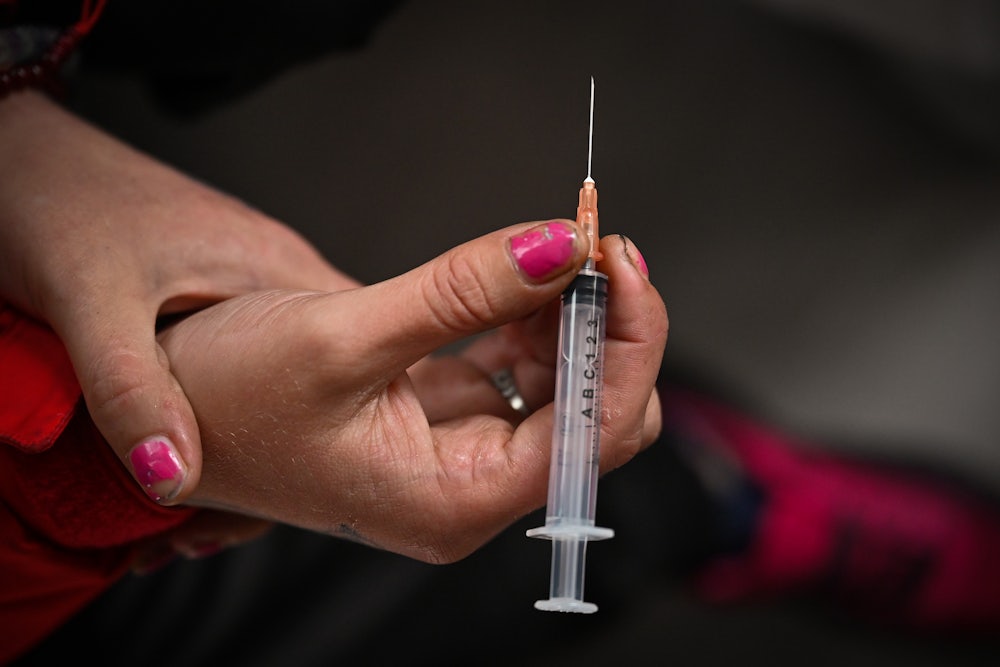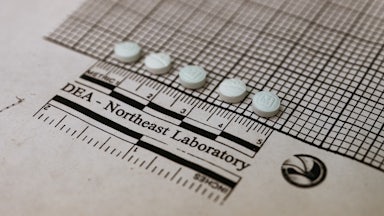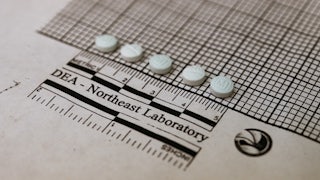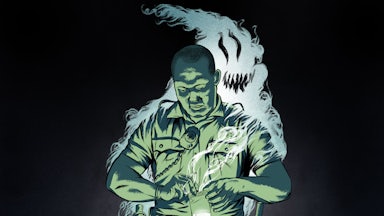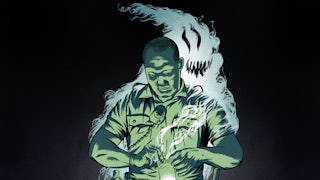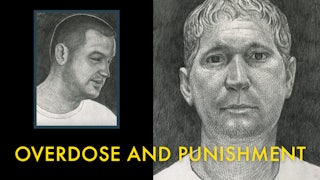More than 100,000 people fatally overdosed between April 2020 and April 2021, a nearly 30 percent jump from the previous year, and an unprecedented death toll often blamed by the media on pharmaceutical companies and prescription opioids like OxyContin.
But national surveys show a steady decline in the number of people misusing prescription opioids. Opioid prescribing has declined by 60 percent since its 2011 peak, when roughly 15,000 deaths were attributed to pharmaceutical opioids like oxycodone. The use of prescription opioids among young people has also hit historic lows. And the same surveys show the number of people using illicit opioids like heroin has remained flat.
The rise of overdose deaths stems not from the Sackler family or a sudden increase in new fentanyl users but from a volatile and lethal drug supply that people are navigating during heightened social isolation due to the pandemic.
“It’s not that fentanyl is attracting more users or creating new users,” said Bryce Pardo, a drug policy researcher at the Rand Corporation. “It’s just a very dangerous time to be a drug user and to be buying street drugs.” One possible solution? Give people safe drugs.
When people think they’re getting one drug, what they’re usually being sold is a possibly deadly cocktail of different compounds. That’s the nature of today’s unregulated drug supply. In early November, a bag of tan powder sold as heroin on the street in Chicago contained fentanyl, heroin, cocaine, and Xylazine (a drug used as a sedative by veterinarians), as well as Metonitazene, a synthetic opioid 100 times stronger than morphine. Another sample, also sold as heroin in Chicago in November, tested positive for fentanyl, multiple fentanyl precursors, and over-the-counter antihistamine. In Philadelphia’s Kensington neighborhood, a locus of the opioid crisis that The New York Times dubbed the “Walmart of Heroin,” dealers sell a mixture that users call “tranq dope,” that is heroin mixed with Xylazine. One user I spoke with in Philadelphia, who requested anonymity, said “scammers’’ sell bags of “heroin” that don’t contain opioids at all. “It’s all Xylazine and other cuts,” he said. He called the drug supply “pure hell,” and noted horrific side effects from tranq dope, such as skin lesions and blackouts.
Fentanyl has fully penetrated Philadelphia’s drug supply. Over the summer, according to lab analysis I’ve viewed, a glassine bag sold in Kensington stamped with the words “Fuck You” contained fentanyl and a potent analogue called para-fluorofentanyl that was with cut with Xylazine. That’s just one of several “brands” sold on the street. And pills sold in Kensington that appear to be the popular anti-anxiety drug Alprazolam (better known as Xanax) actually contained Etizolam, a nervous system depressant that is not legally approved to be manufactured, sold, or prescribed in the U.S. Mixing opioids like fentanyl with depressants like Etizolam greatly increases the risk of fatal overdose.
In San Francisco, even samples of methamphetamine and cocaine regularly test positive for fentanyl, according to organizations like the Drug Overdose Prevention and Education (DOPE) Project. In 2020, San Francisco saw more fatal overdoses than deaths from Covid-19. Heroin markets in San Francisco had long been dominated by black tar heroin, a goopy substance that could be injected or smoked. Since fentanyl has taken over the city’s drug markets, a recent study found that many San Francisco drug users have switched from injecting heroin to smoking fentanyl.
There are now more overdose deaths from illegal fentanyls than there were overdose deaths from all drugs in 2016. And while the overdose crisis is often framed as a white, rural phenomenon, in Philadelphia, where 86 percent of overdoses last year involved opioids, Black residents are experiencing the brunt of the crisis. In 2020, approximately 497 Black Philadelphians died of unintentional overdoses, the sharpest increase of any racial group.
A recent Times piece framed the poisoned drug supply as a problem for law enforcement to fix, quoting drug warriors like Bridget Brennan, New York City’s special narcotics prosecutor, who in 2018 diverted just 4 percent of defendants handled by her office to treatment programs. But drug policy experts and activists say that in order to save lives, we need public health–driven policy changes targeting the toxic supply and improving the tracking of the drugs sold in illicit markets (such data gathering has been defunded at the federal level).
“This is a crisis and in crises you can start to innovate,” Pardo said. “It’s well past time.”
Perhaps because of the scale of the overdose crisis, innovations are everywhere. The Drug User Liberation Front, an activist group in Vancouver, has distributed free heroin in doses that were measured and tested negative for fentanyl. Distributing heroin is illegal, of course, but they were trying to demonstrate the life-saving benefits of a “safe supply.” In Switzerland, people with substance use disorder can access pharmaceutical-grade heroin that they inject in supervised settings. If anything goes wrong, like an overdose, health care workers are on standby to revive them. For Rand, Pardo studied prescription heroin (also called supervised injectable opioid heroin treatment), and found evidence that the treatment can reduce illicit drug use, reduce criminal activity like petty theft, and improve physical and mental health.
“There are obvious answers that we can be doing that are well known and tested,” Pardo said. “We know methadone works. It’s an easy, cheap tool and we need to expand access to that.”
In addition to methadone, drug policy experts say every doctor should be allowed to prescribe buprenorphine, another life-saving drug for opioid use disorder that has been shown to greatly reduce the risk of fatal overdose. Naloxone, the overdose reversal drug, is another important tool that harm reduction and public health workers say must be made much more accessible than it currently is. Cities have also been struggling to open overdose prevention sites, otherwise known as supervised consumption sites. These are facilities where people can consume drugs under medical supervision and be revived in case of an overdose. All of these solutions broadly fall under the umbrella of harm reduction, which is focused on making drug use less dangerous.
For decades, the U.S. has criminalized harm reduction and prioritized zero tolerance and abstinence-only strategies that are no match for today’s crisis. Neither record seizures of fentanyl nor restricting fentanyl analogues have reversed the trend in overdoses. The growing consensus among drug policy experts is clear: Until people have access to a safe drug supply and proven treatments for substance use disorder, overdose deaths will continue their stratospheric rise.
This story was produced in partnership with The Garrison Project, an independent, nonpartisan organization addressing the crisis of mass incarceration and policing.
